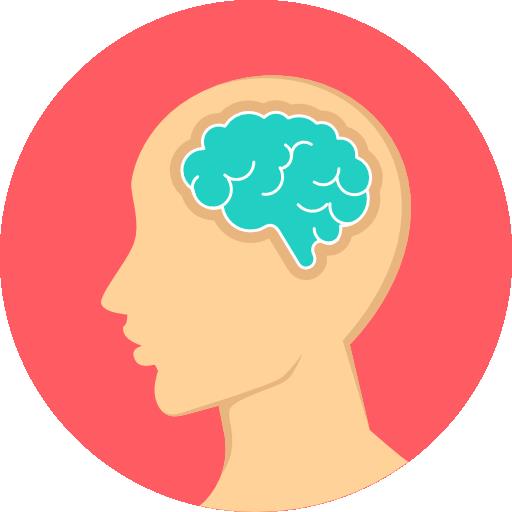Five things people don’t know about multiple sclerosis
March 15, 2018
Clinical Events Health and Wellness
By Laura Cox MA ’17, OTD ’18
Laura Cox is an occupational therapy doctoral resident at Keck Medicine of USC.
Approximately 950,000 individuals in the United States are living with multiple sclerosis (MS), and global rates are continuing to increase. While the worldwide incidence of MS is just 0.1 percent, its impact on individuals and their friends and family can be profound.
MS is a demyelinating disease of the central nervous system caused by an abnormal immune system response. The immune system attacks the myelin, a fatty substance surrounding and insulating neuronal fibers. This damage then interrupts or distorts impulses to and from the brain and spinal cord.
March is MS Awareness Month during which the National Multiple Sclerosis Society aims to educate the public about MS, its impact on quality of life and ways to better serve the MS community.
In order to promote understanding and support of individuals living with MS, here are five important points to consider for healthcare providers and the MS community:
1. MS is more common in women than men. Some studies show a female-to-male ratio as high as three- or four-to-one.
2. Individuals with MS experience different courses of the condition. About 85 percent of the MS population experience relapsing-remitting MS, characterized by symptomatic relapses followed by periods of remission during which deficits partially or completely resolve. Other courses of the condition include: primary progressive MS; secondary progressive MS; and progressive-relapsing MS.
3. Presentation of MS differs from person to person. Signs and symptoms are dependent on the location of lesions in the CNS. For example, some individuals may experience cognitive deficits (approximately 49 percent) while others report no changes in cognition.
4. During the course of the disease, approximately 96 percent of individuals with MS report bladder dysfunction and 50 percent experience bowel dysfunction. These symptoms often go underreported due to embarrassment or decreased understanding of the connection between the symptom presentation and MS. Symptoms may include urgency, frequency, incontinence, constipation and hesitancy.
5. Occupational therapists (OTs) are among the many healthcare providers who work with individuals with MS. Through a holistic treatment approach, OTs can utilize a variety of interventions to improve the individual’s ability to self-manage symptoms, resulting in improved functional performance and quality of life. These interventions include: energy conservation and activity pacing, cooling strategies for heat sensitivity, stress management and self-regulation, bowel and bladder retraining, sleep hygiene and development of health-promoting eating habits and physical activity routines.
⋯
Next by tag Clinical ⟩ Events ⟩ Health and Wellness ⟩










